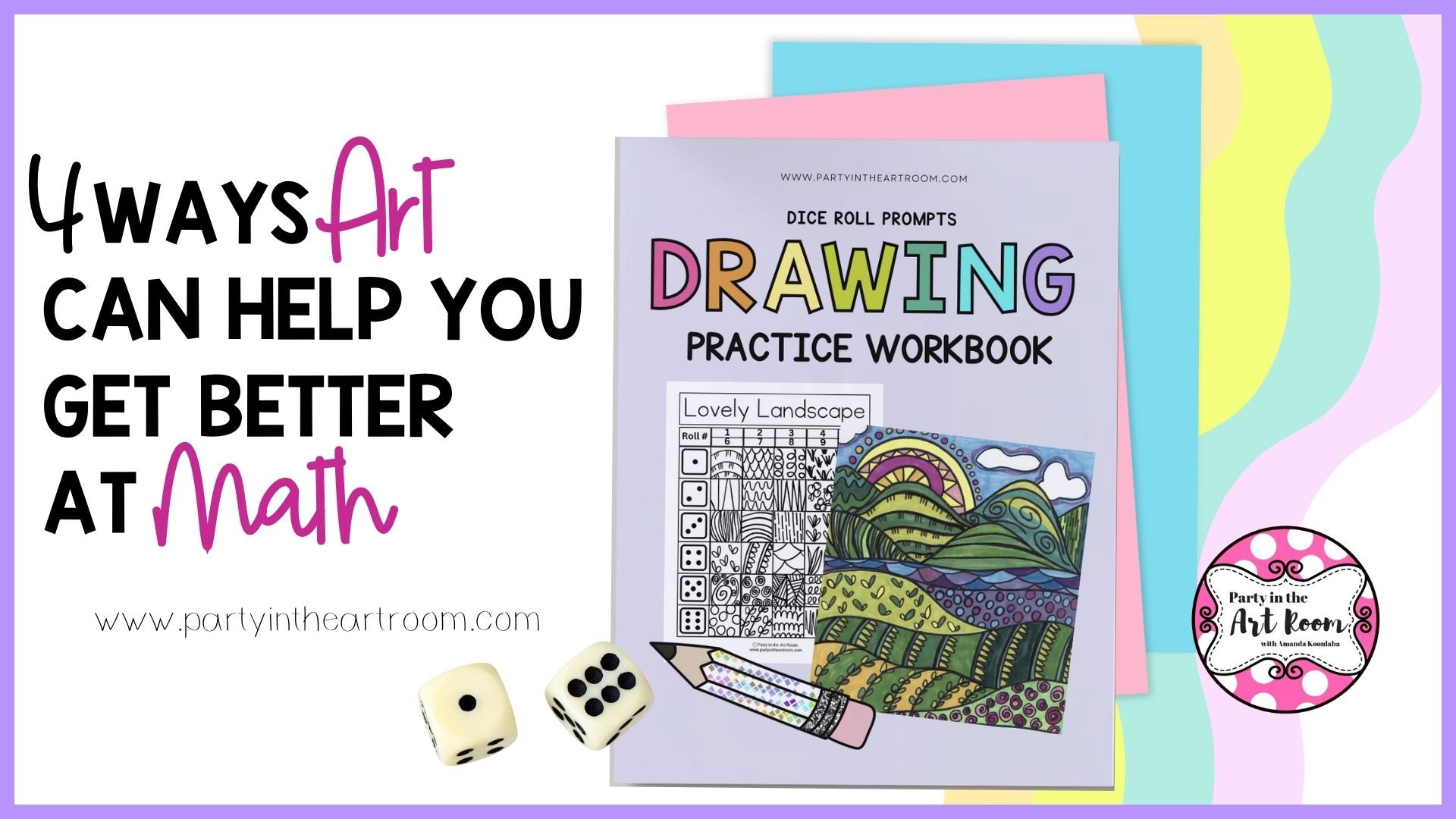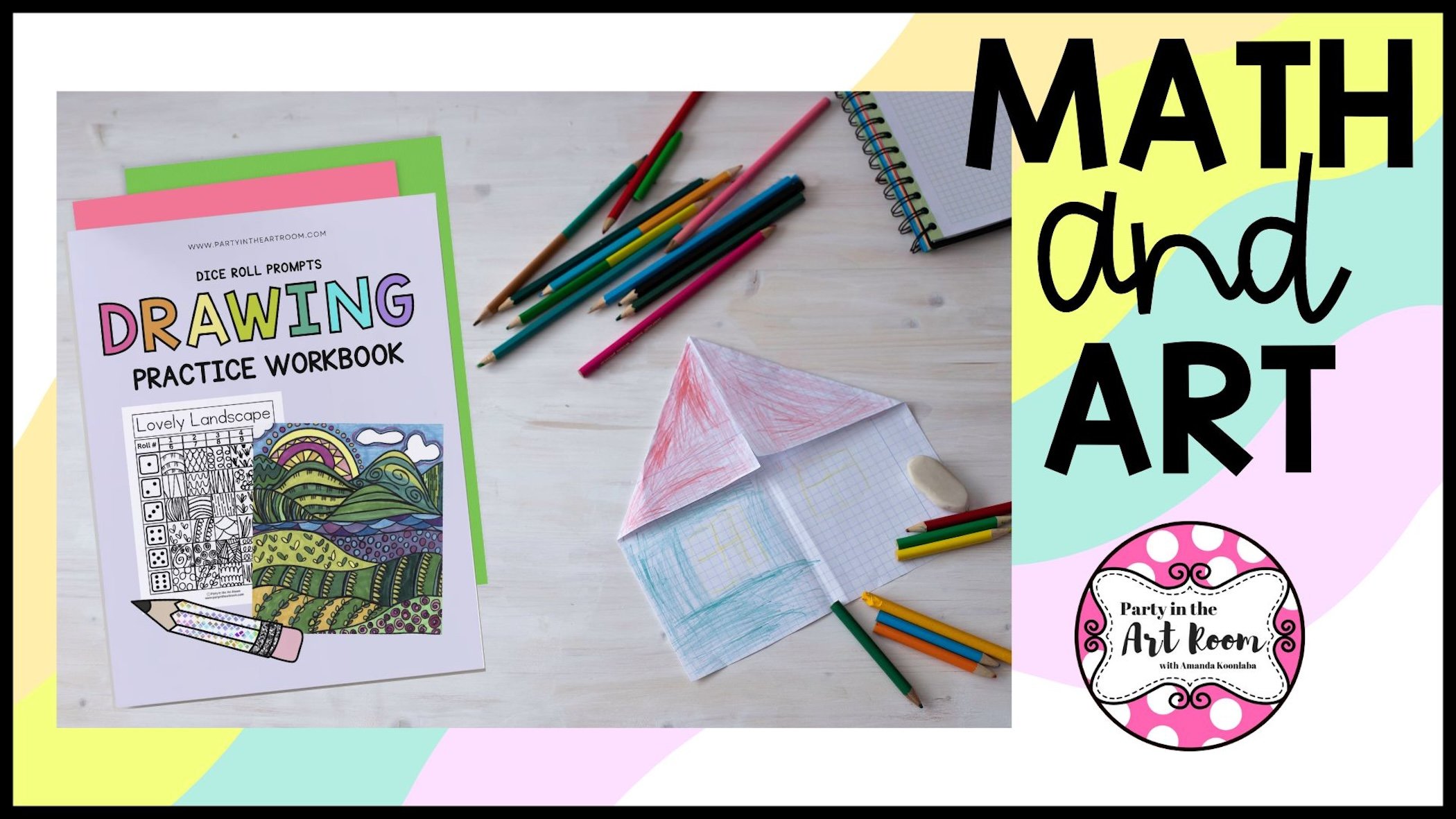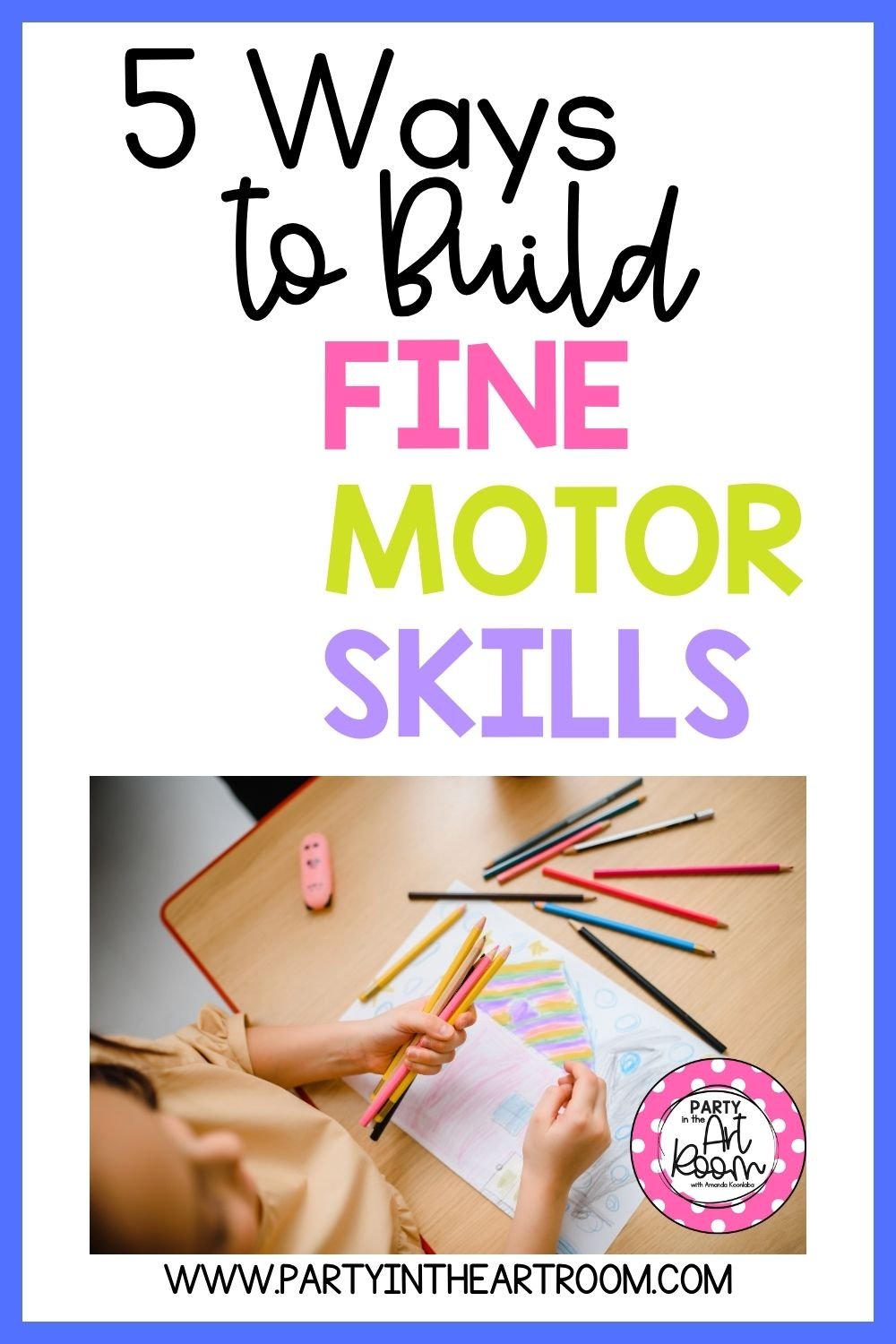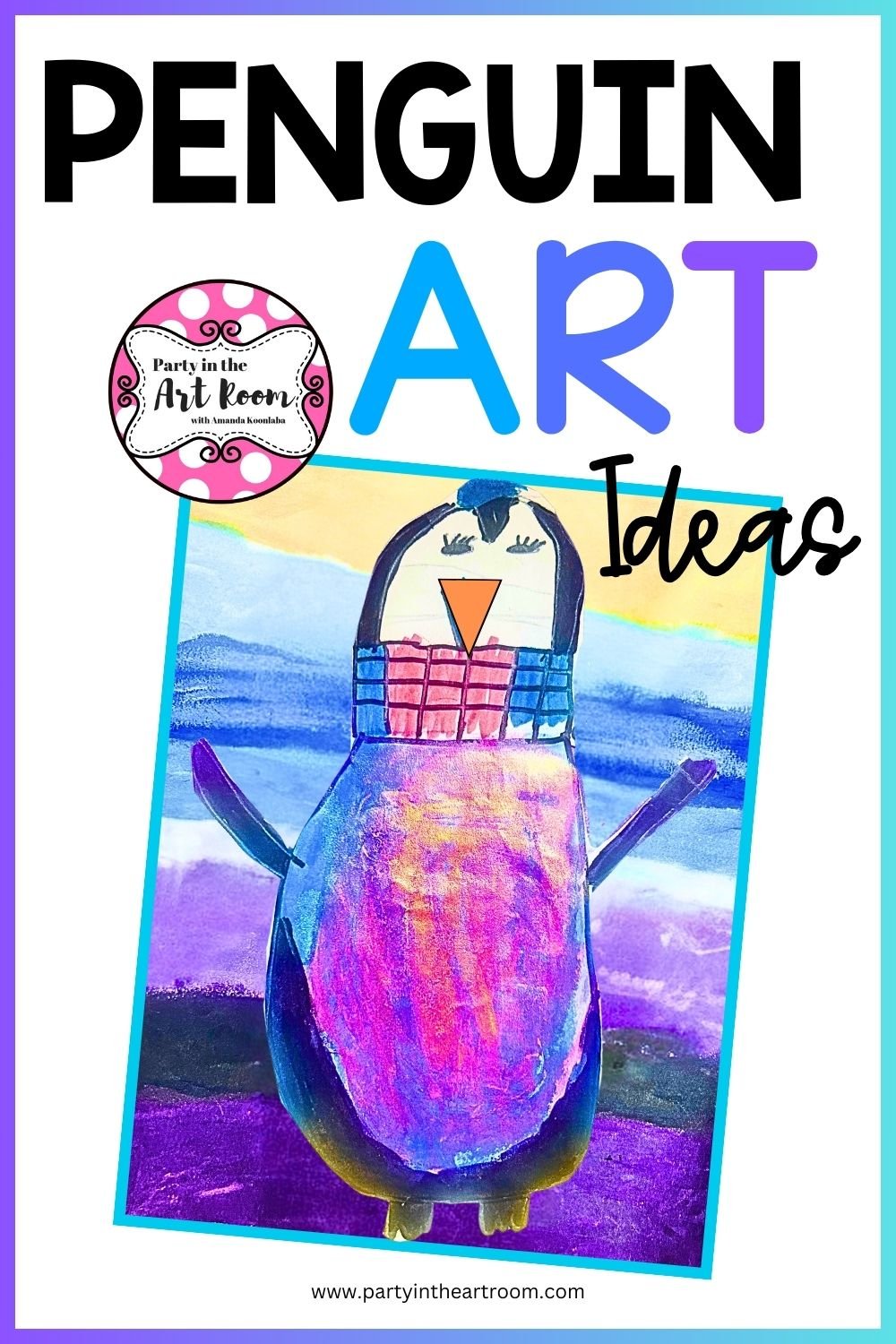4 Ways Art Can Help You Get Better at Math
Art and mathematics are often thought of as opposites in the classroom. Where art focuses on creative expression, math focuses on rigid formulas and right answers.
However, studies prove that a student’s involvement in art education can directly improve their math achievement scores. When it comes to building foundational skills in math, art can provide opportunities for younger children to develop a strong base to build on.
Here are some ways that art education and practice can help improve a child’s achievement in mathematics.
Drawing Practice Workbook: Enhancing Math Skills Through Art. Need simple drawing ideas? Explore this workbook filled with drawing prompts that make drawing easy and beneficial for math practice.
Pattern Recognition
Early art instruction often focuses on building fine motor skills by copying patterns. Pattern recognition is a base skill that can improve mathematical thinking later in life. Drawing prompt workbooks for kids that focus on pattern drawing are a great way to build pattern recognition in young children. This pattern recognition book allows kids to practice their fine motor skills while building pattern recognition.
Mathematical thinking often relies on patterns, lines, and shapes to relay complex ideas. From DaVinci’s work to modern graphing, a firm grasp of line and shape can help students learn proportions and increase their ability to process visual mathematical models.
Drawing Workbook: Seeking easy drawing prompts? This workbook offers creative drawing exercises that also boost math skills.
2. Builds Critical Thinking Skills
Art allows students to identify problems and provide creative solutions. In many ways, math provides students with very similar challenges. Often art asks the student to look beyond what is on the page to find a creative answer to the question. Art asks students to make observations, identify patterns, formulate questions, and interpret a visual medium. All these skills are the building blocks that high-level critical thinkers rely on.
The skills built through art practice often serve as a foundation for students to build on in the math classroom. The ability to observe, interpret, and evaluate information are the key skills needed to understand math concepts from addition to high-level calculus.
3. Opportunities for Hands-On Learning
Art can be used as a vehicle to learn math-related content. For many students, approaching a complicated math concept with creativity makes the difficult concept easier to digest. Hands-on art-centered opportunities give students a chance to both physically and mentally engage with the concept.
You may remember using counting blocks to help visualize numbers in your early education. Integrating art into higher-level math performs the same function. Creating pieces that turn mathematical concepts into visual art can help students bring concepts to life.
Whether it is understanding shapes in geometry or visualizing angles, creating art that shows mathematical concepts can help students retain content knowledge. An art piece can serve as a tool to make an abstract math concept a concrete object that students can see and manipulate in the real world.
Math-Boosting Drawing Prompt Workbook: Discover the Benefits of Art in Math. Looking for straightforward drawing prompts? This workbook provides excellent practice with drawing exercises that enhance math abilities.
4. Put the Fun in Algebraic FUNction
One of the biggest benefits of integrating art into math instruction is that it is fun. Math is often classified as a boring and difficult subject. With many abstract ideas, difficult calculations, and hard-to-see real-world applications, many children and parents alike struggle to stay engaged in the math curriculum. Integrating opportunities for students to create art can keep them engaged in the subject.
It is no surprise that students become more willing to practice a difficult task if it is paired with a fun activity. If you have a student who loves to create art, finding ways to include their passion in math instruction can help build confidence in both fields.
Studies show that math achievement test scores directly correlate to a child’s attitude about math. When a child is allowed to approach math with a creative outlet, they may improve their overall attitude about math therefore increasing the likelihood of academic achievement.
Workbook for Drawing and Math Benefits. Searching for simple drawing ideas? This prompt-filled workbook offers excellent practice in drawing with the added advantage of improving math skills.
Final Thoughts: The Earlier you Start, The More you Grow
While art can serve as an effective tool to improve math achievement at any age, the earlier you begin, the more basic skills your student will have to build on. Drawing Practice Workbooks with Drawing Prompts are a great tool to use at any age. These drawing prompt workbooks give children the opportunity to practice replicating patterns and applying critical thinking skills to their creativity.
Building shape recognition, concentration, and critical thinking skills early is a proven method for improving math achievement scores later in life. Carving out time to build these skills with your child through art instruction will keep them engaged while they foster both their creativity and a foundation for future math achievement.
Math & Art: Symmetry
Find out how to get your free art and math resource here.
You might also like:
Affiliate Disclosure: Party in the Art Room is supported by its audience. When you purchase through links on this site, a commission may be earned.
I’m Amanda, and I align standards and integrate content to help teachers meet the needs of the Whole Child in art class! I have yet to find a standard that I couldn’t teach through art, and I want to share it all with you.
Not sure where to start with bringing art and content together? This freebie guide is packed with 25 ideas to align your art lessons with math and ELA standards. Your students will be crafting art and practicing algebraic thinking. Win-win!
I want all students to feel successful in the art room, so I created a standards-based Daffodil Collage lesson to do just that! The lesson includes an artist study, student reflection, and more, so push your artists to their full potential.
Follow along on my Instagram page for more tips on teaching the Whole Child in the art room!
Connecting art and content together doesn’t have to be mind-boggling. I’ve made it simple with 25 math and ELA art lesson starters - for free! Plus, I included 15 worksheets for students to reflect on their art-making journey.










